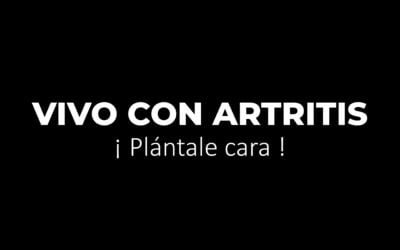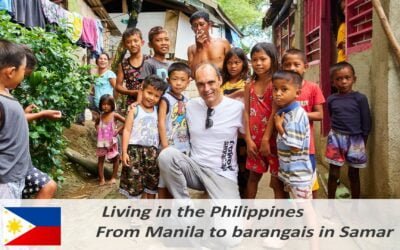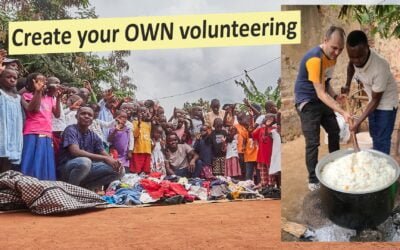Starting with a Captivating Story
A few years ago, a friend decided to hold his wedding in the Philippines. He had heard about Filipino hospitality but wasn’t prepared for what he experienced. From the traditional ceremony to endless tables of food, every moment reflected the country’s rich culture and traditions. “In the Philippines, life is a constant celebration,” he told me, sparking my curiosity to learn more about this wonderful corner of the world.
The Cultural Diversity of the Philippines
The Philippines is an archipelago of over 7,000 islands, each with its own unique character and traditions. This diversity stems from its history, shaped by influences from Malaysia, China, Spain, and the United States. The result is a unique blend reflected in its language, cuisine, festivals, and daily customs.
1. Festivals and Popular Celebrations
- Sinulog: Celebrated in Cebu in honor of the Santo Niño, it is one of the largest and most colorful festivals, known for its parades filled with music and dancing.
- Ati-Atihan: In Kalibo, Aklan, this celebration combines religious and pre-Hispanic elements, with participants painted black to represent the islands’ first inhabitants.
- Pahiyas Festival: In Lucban, Quezon, homes are decorated with fruits, vegetables, and rice in gratitude for the harvest.
2. Family as a Fundamental Pillar
In the Philippines, family is the center of everything. Family gatherings are sacred, and celebrations like weddings and birthdays often include the entire community. This sense of family extends to the hospitality Filipinos offer visitors.
3. Cuisine with a Rich History
Filipino food is a reflection of its multicultural history:
- Adobo: A national dish made with vinegar, garlic, soy sauce, and spices.
- Lechon: Whole roasted pig, a staple in celebrations.
- Halo-Halo: A refreshing dessert of shaved ice, condensed milk, and a mix of fruits and sweets.
4. Religious Customs and Traditions
The Philippines is the only predominantly Christian country in Asia, with 80% of its population being Catholic. Processions, like the one in Quiapo in Manila, draw millions of devotees. During Holy Week, many communities reenact the Passion of Christ, some even engaging in extreme acts of penance.
5. Bayanihan: Community Spirit
One of the most iconic traditions is Bayanihan, where the community unites to physically move a house. This symbolizes cooperation and unity among neighbors, a deeply ingrained value in Filipino culture.
How to Experience the Philippines
For travelers eager to explore these traditions, consider:
- Planning visits during festivals to witness cultural richness at its peak.
- Sampling street food, like balut (fertilized duck egg) or kwek-kwek (deep-fried quail eggs).
- Engaging with locals, whose warmth and openness enrich any experience.











0 Comments